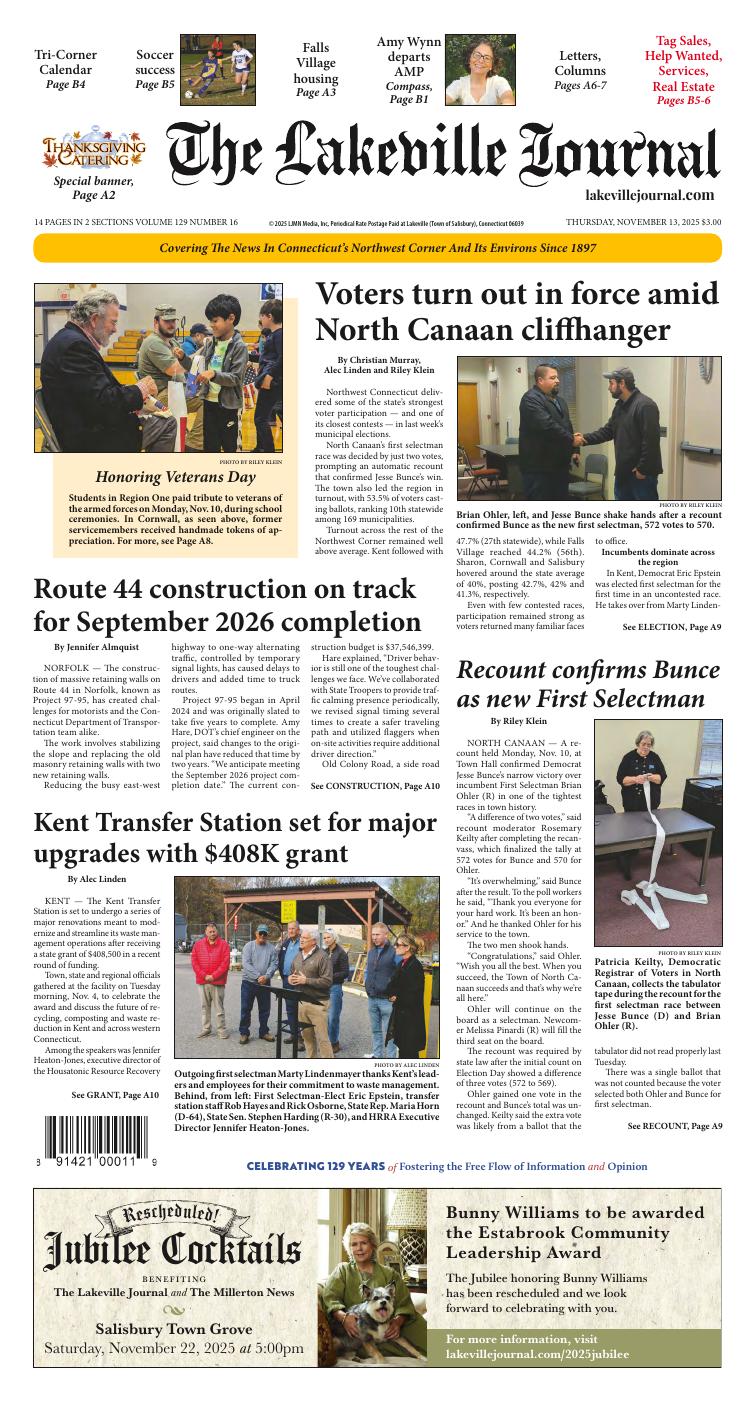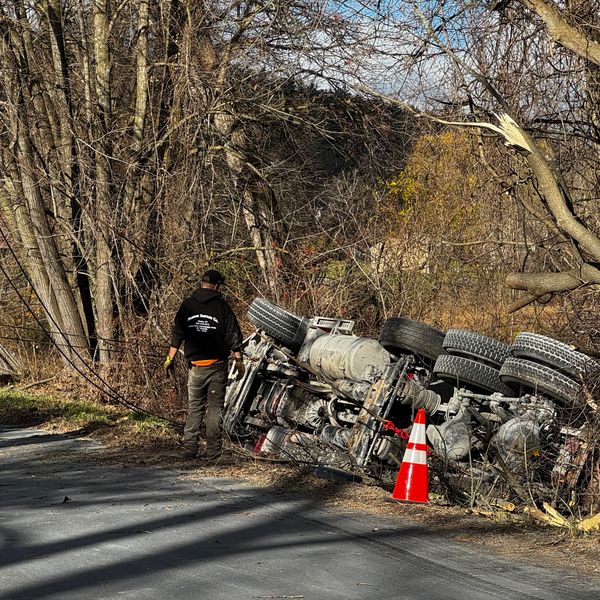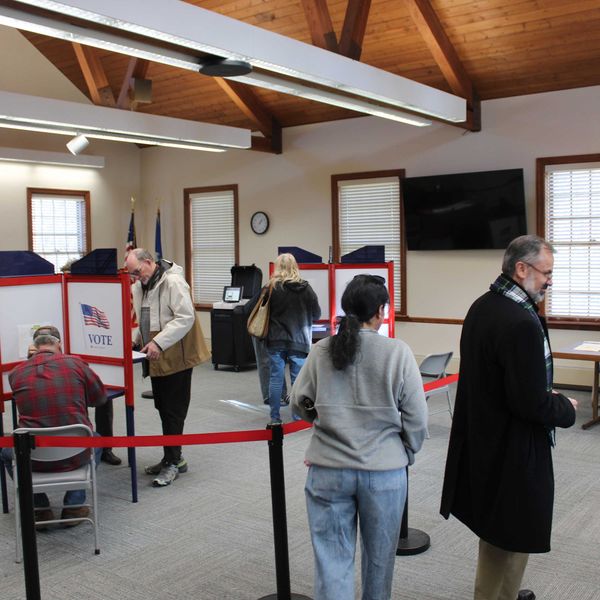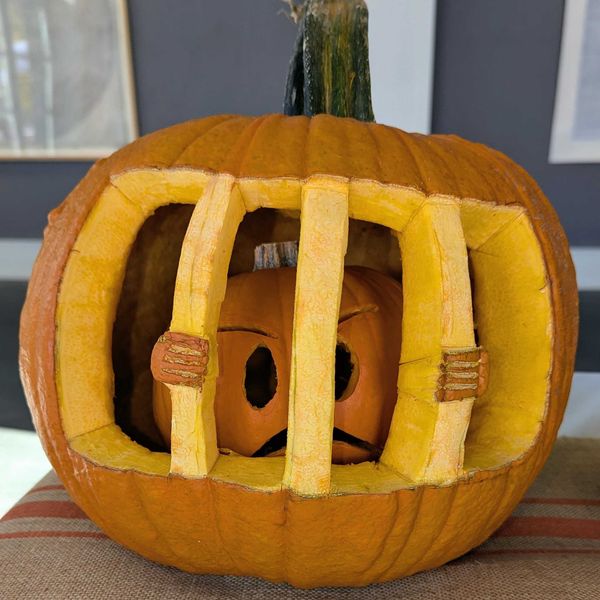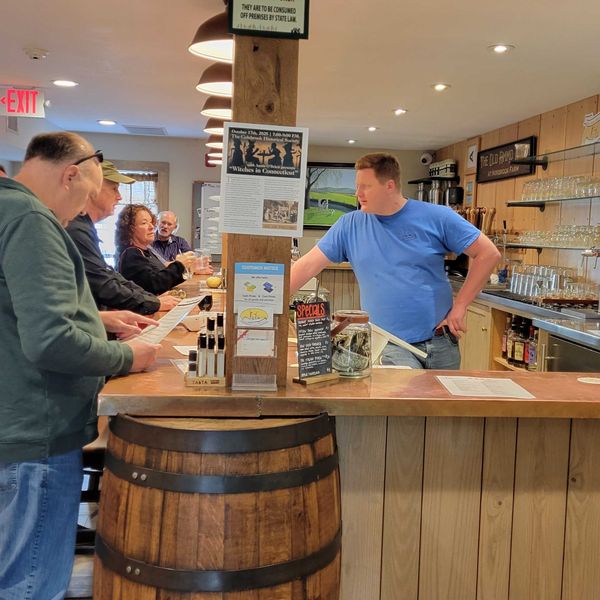Innovation drives manufacturers’ success on a local, global scale
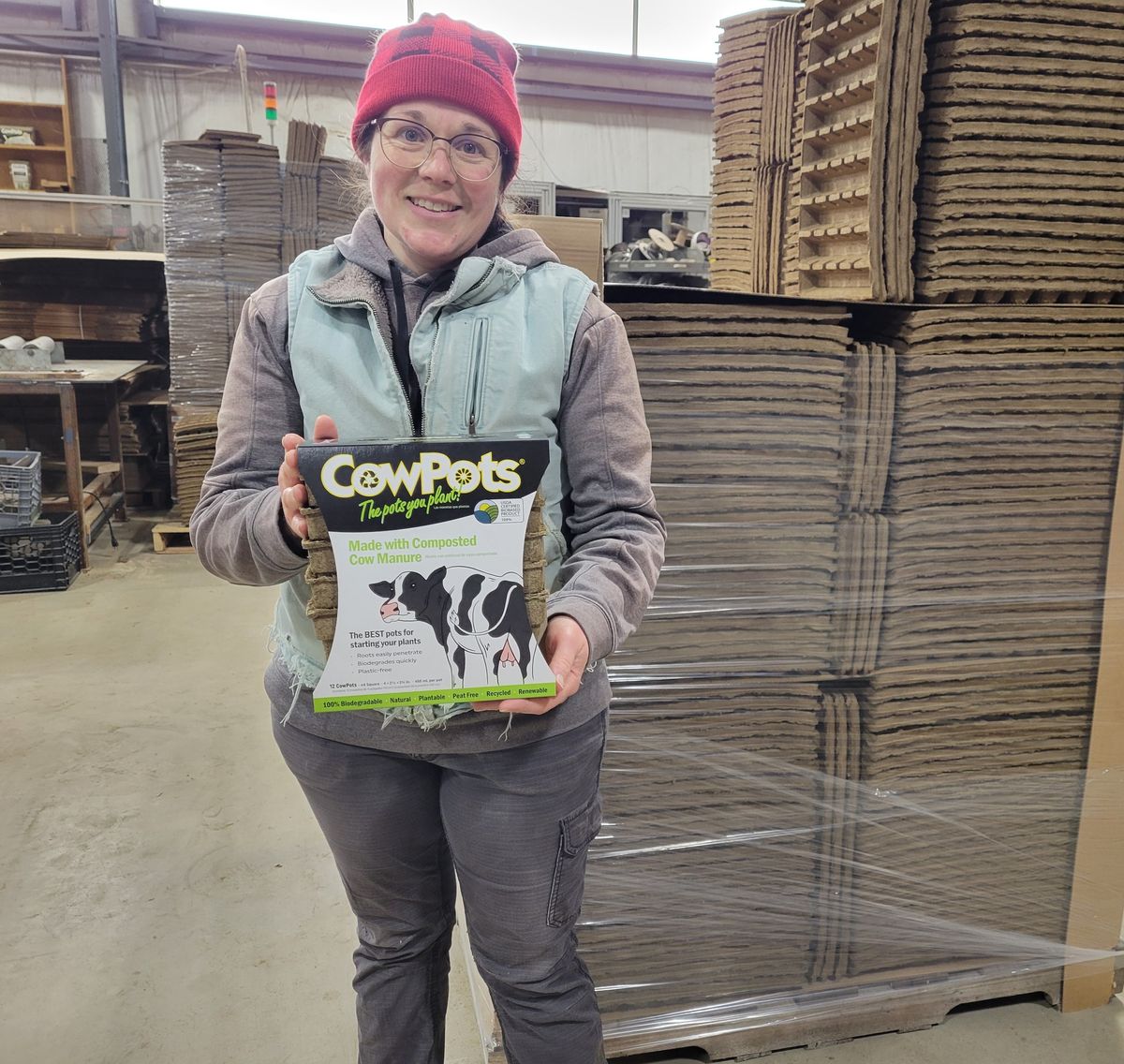
Amanda Freund oversees the CowPots manufacturing operation at her family’s farm in East Canaan. Stacked behind her is a pallet of the company’s newest product: seed starter trays.
Debra A. Aleksinas
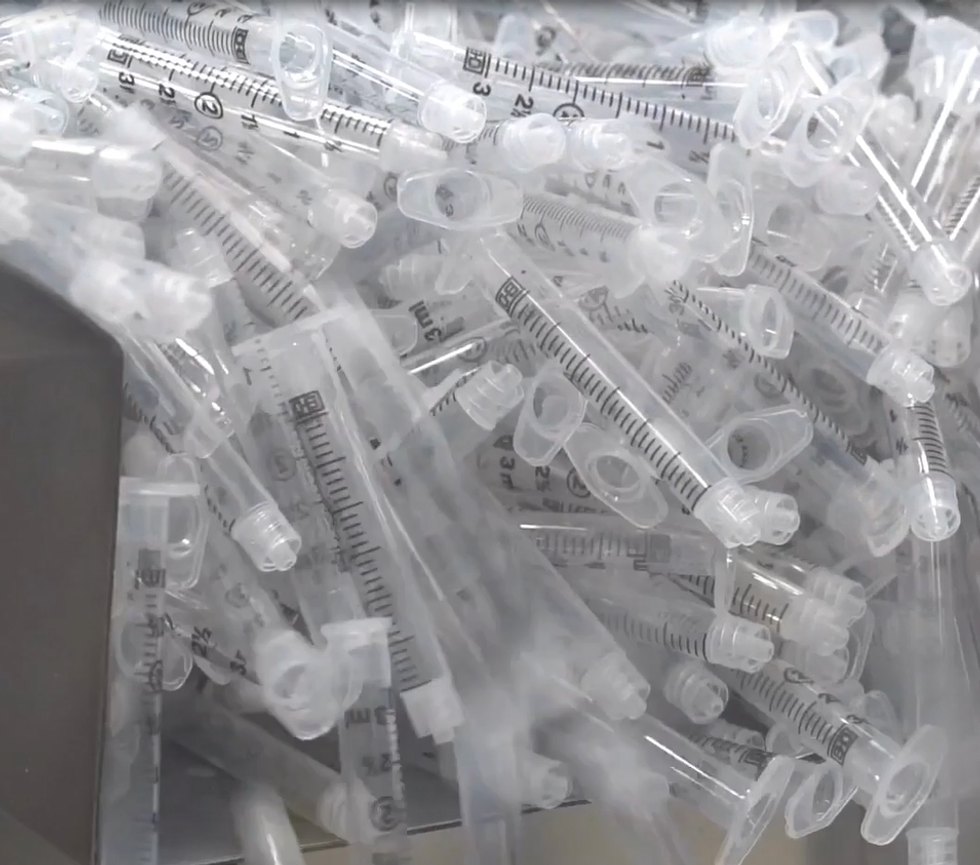
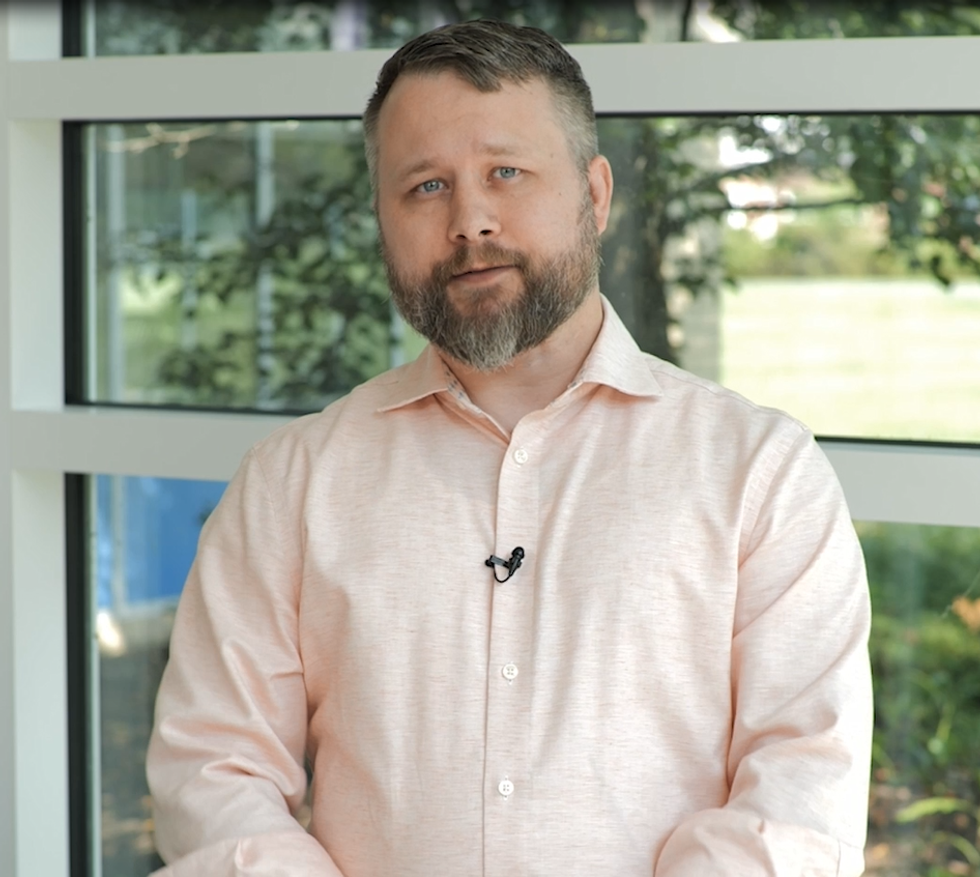
 Steve Furth is the plant manager at ITW Seats & Motion Division in Lakeville, which manufactures automobile headrest guides for Ford and Toyota. Debra A. Aleksinas
Steve Furth is the plant manager at ITW Seats & Motion Division in Lakeville, which manufactures automobile headrest guides for Ford and Toyota. Debra A. Aleksinas
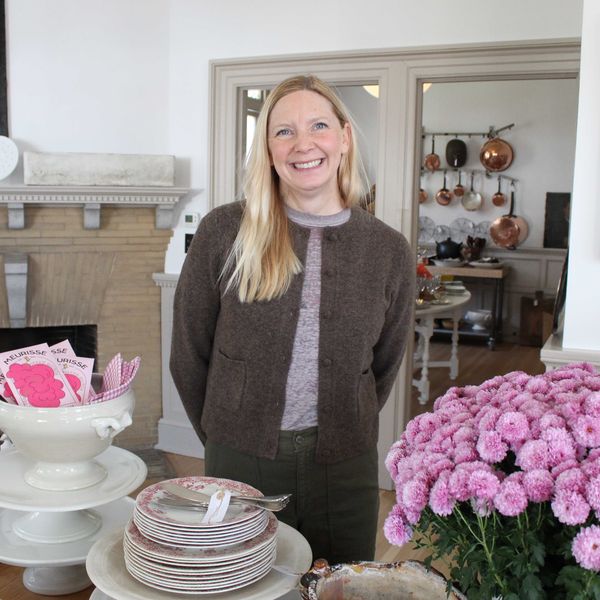
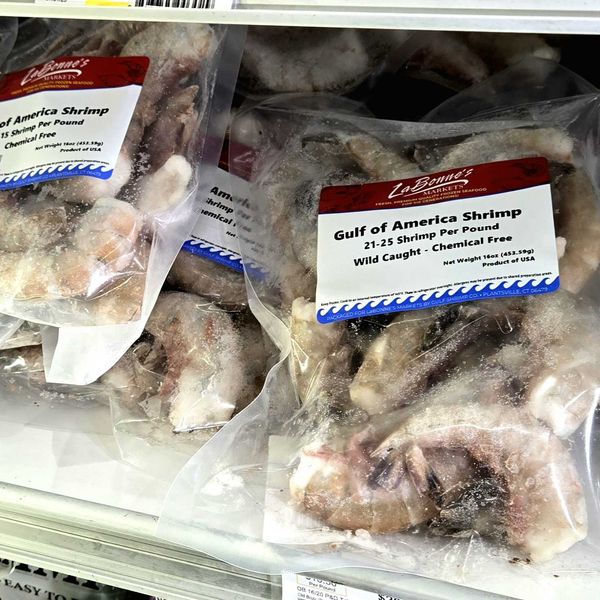

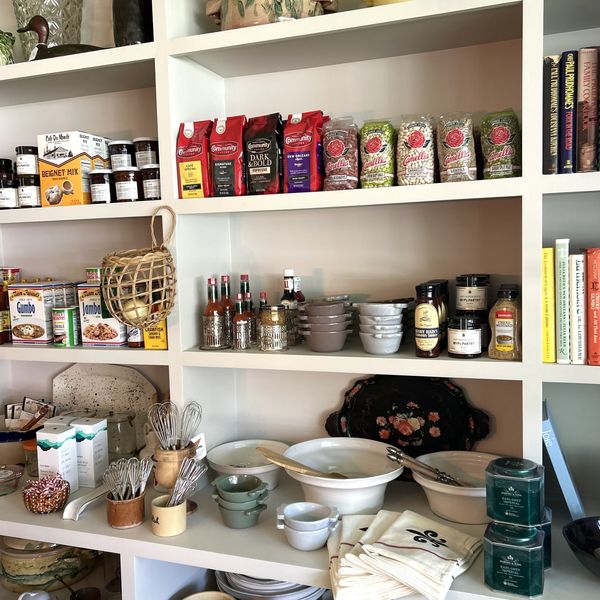

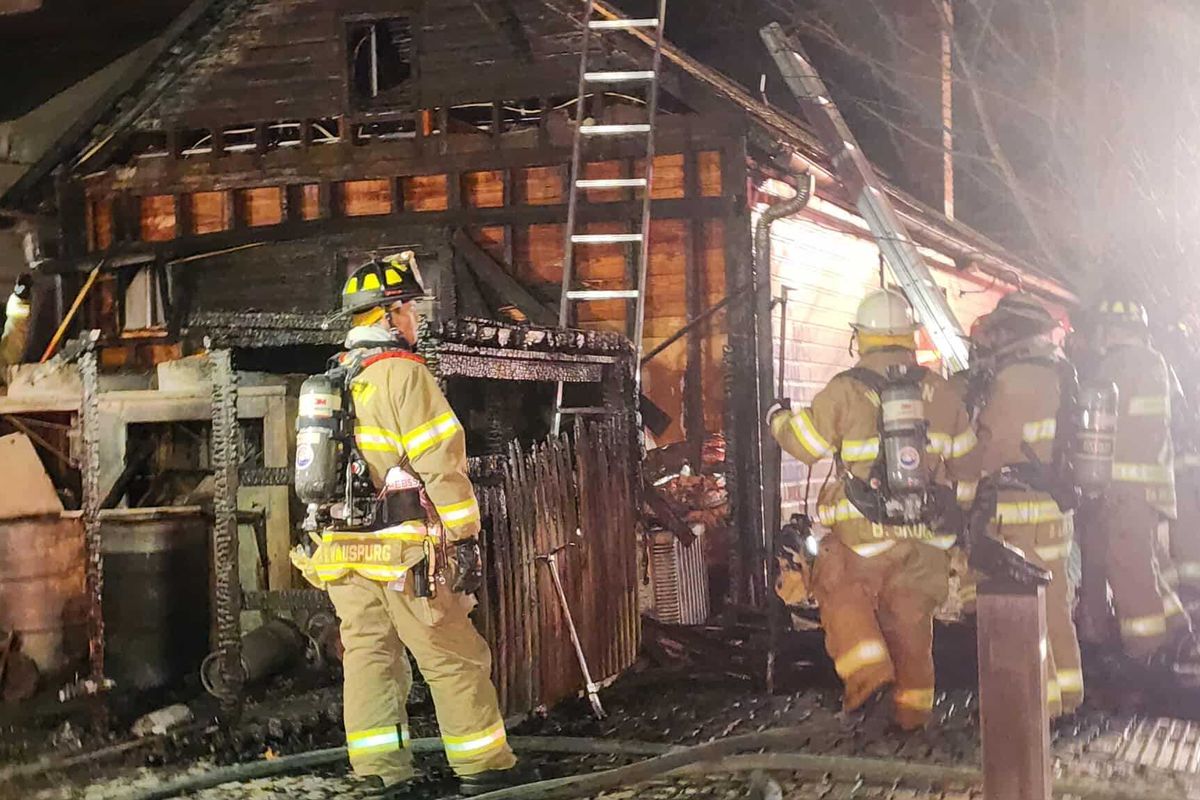
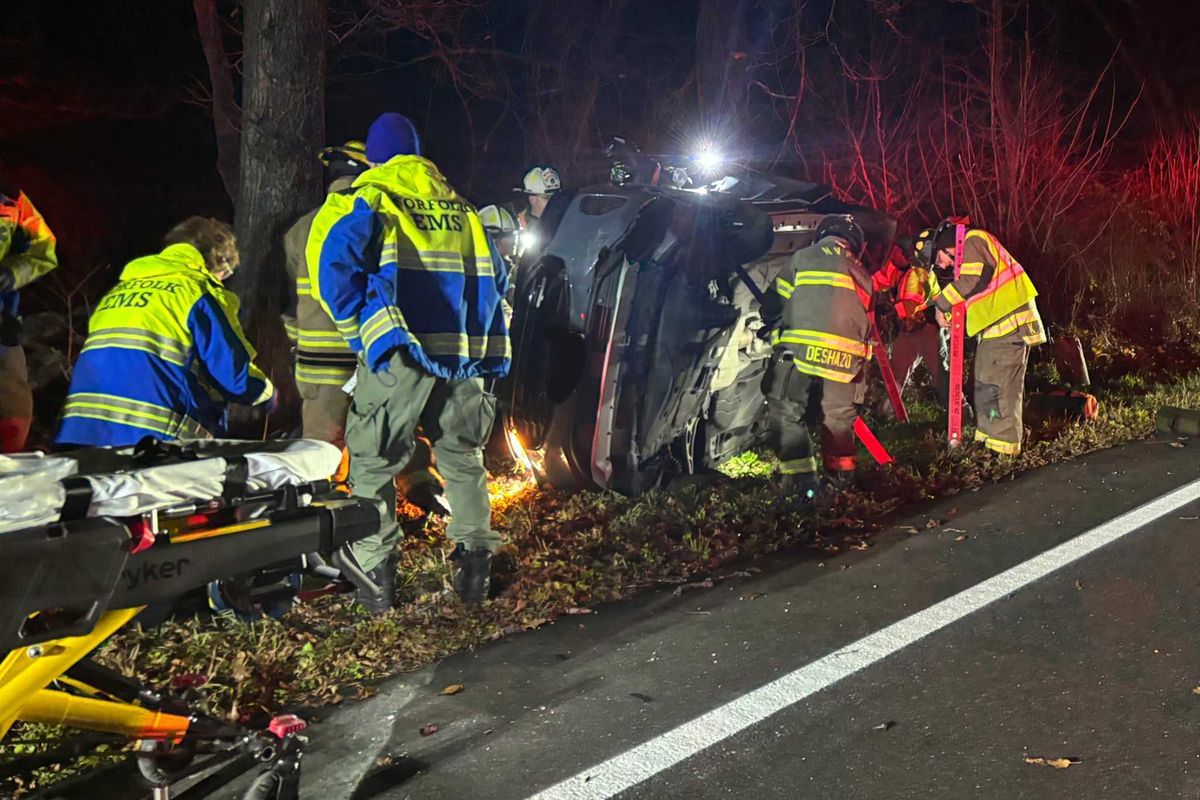
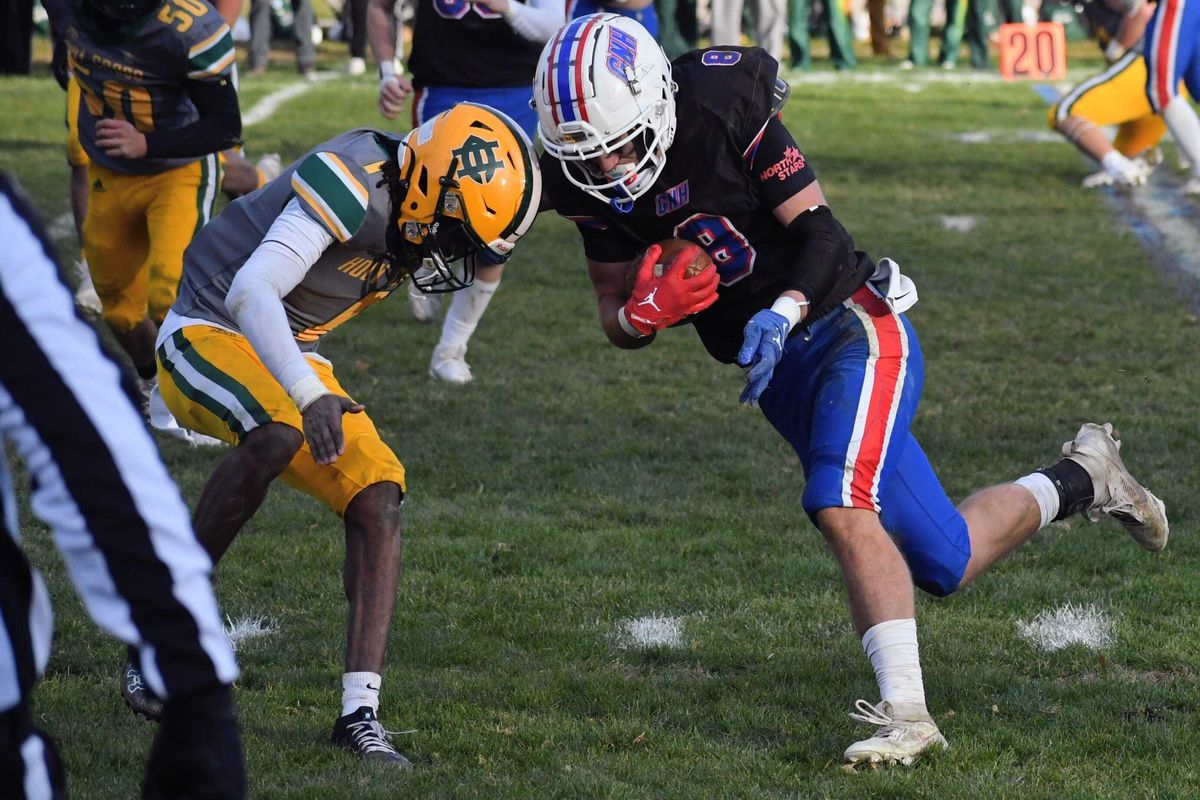
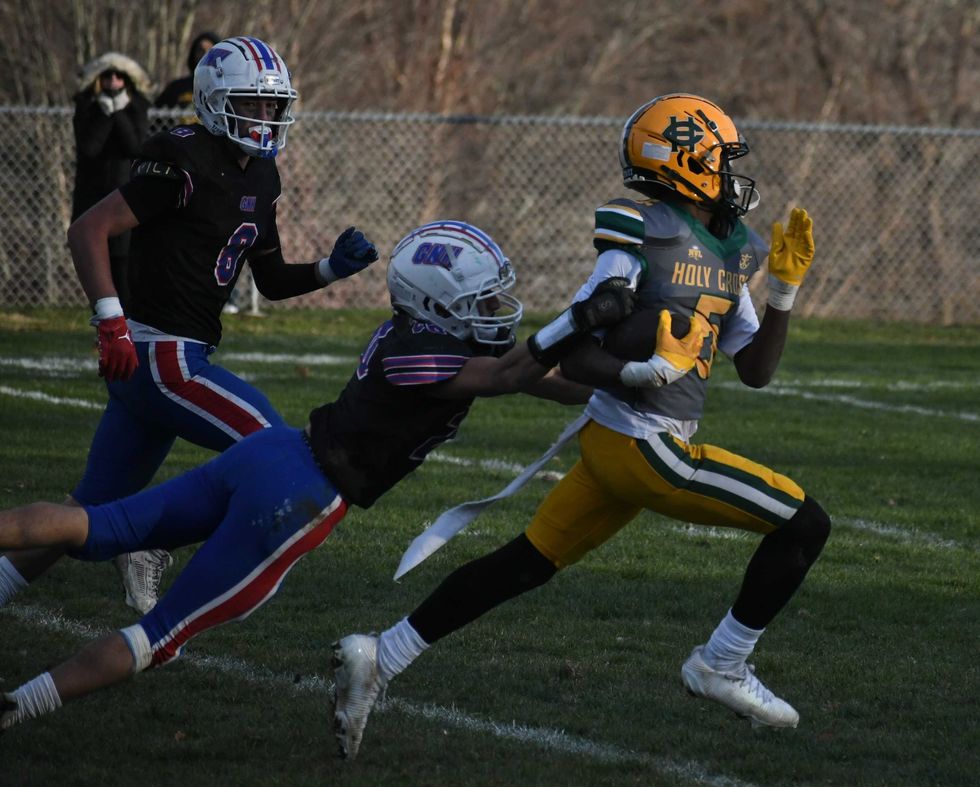 Devonne Drake caught two touchdown passes for Holy Cross against GNH.Photo by Riley Klein
Devonne Drake caught two touchdown passes for Holy Cross against GNH.Photo by Riley Klein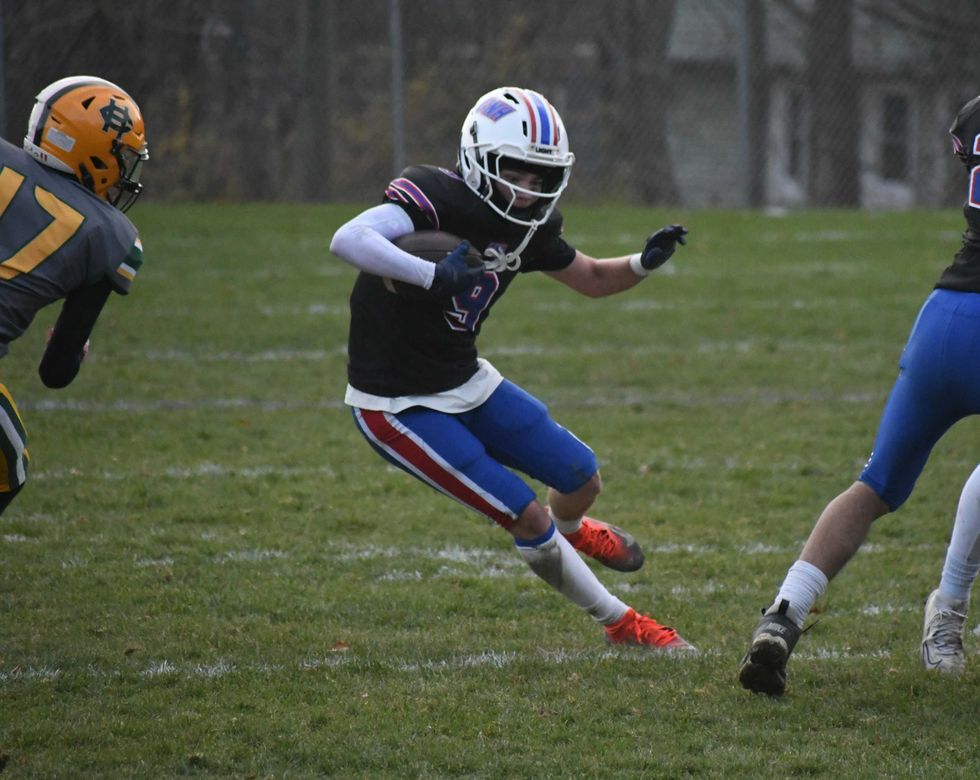 Tyler Roberts cuts on a drive from GNH.Photo by Riley Klein
Tyler Roberts cuts on a drive from GNH.Photo by Riley Klein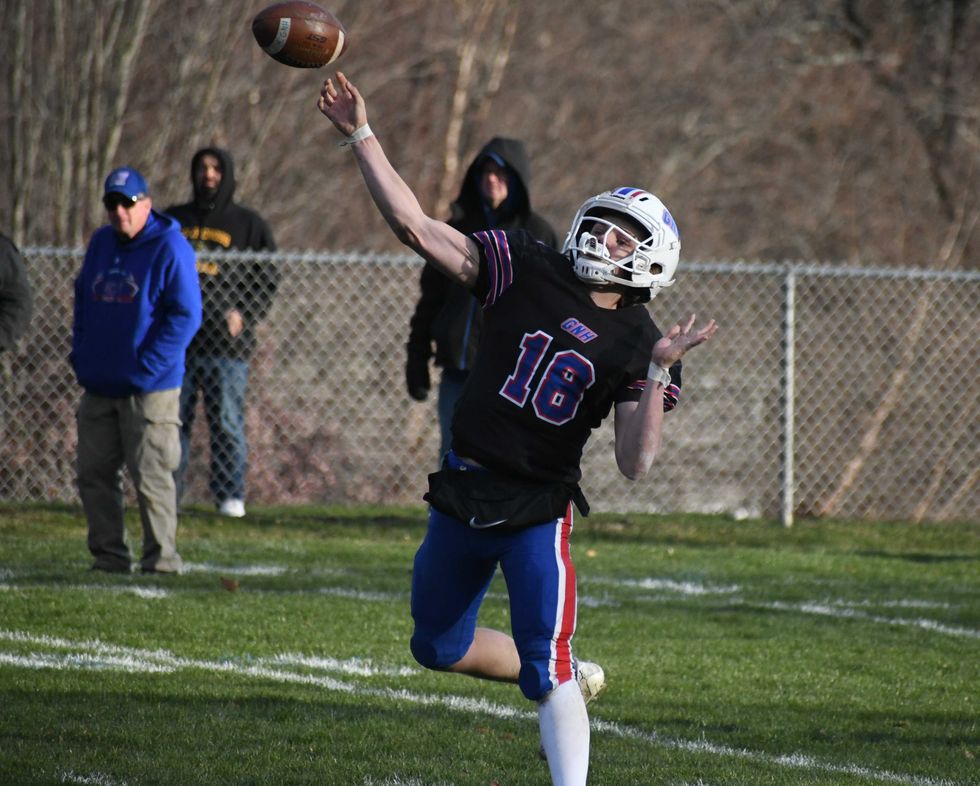 QB Trevor Campbell launches a pass downfield.Photo by Riley Klein
QB Trevor Campbell launches a pass downfield.Photo by Riley Klein
